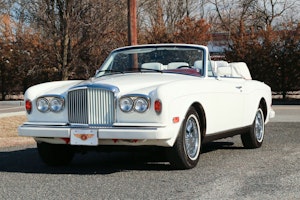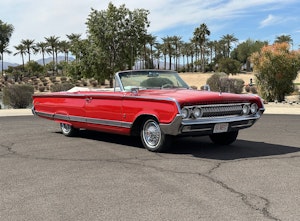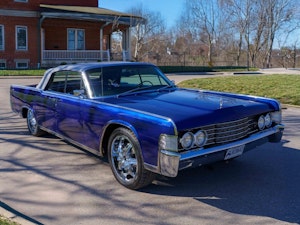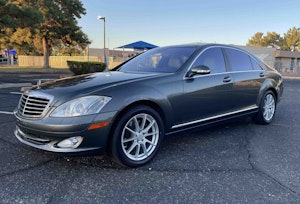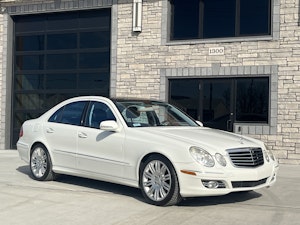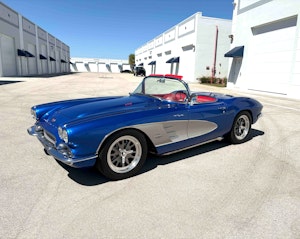Media | Articles
Driving a classic, financed the modern way
A savvy young banker with dreams of parking a new Ferrari California T in his garage may well choose to lease the $200,000 sports car, rather than taking out a loan to purchase it, as a way to lower the monthly payments. But living out his own Ferris Bueller fantasy of driving a 1963 California Spider may also be attainable, using the same strategy.
Collectors – those with long experience as well as some considering their first acquisition – are increasingly turning to leasing, says Steven Posner, chief executive Putnam Leasing in Greenwich, Conn.
You don’t need to be in the Ferrari league to use this financial tool. Leasing is available for collector cars starting at $50,000, although Posner said most deals are made in higher strata, including cars worth several million dollars. Leases for classic models are available through dealers and auctions, although they can be arranged with private sales, too.
There are some similarities between collector-car leases and the leases written to sell more than half of new luxury cars. The common thread is a monthly payment based on the difference between the purchase price (excluding any down payment) and the car’s residual value, or what its projected worth will be at the end of the lease term.
But there are key differences. With most new-car leases, you return the car at the end of the lease, though you may have the option to purchase it at a pre-set price. Generally, ending a new-car lease early incurs a significant financial penalty.
Marketplace
Buy and sell classics with confidence
With collector-car leasing, you may have the option to end the lease early, and, more critically, you may be able to sell the car before the term ends, paying off the residual value that was agreed to when the lease was initiated, and pocketing a profit. Leasing can be a useful tool for building a collection with less cash outlay – and with smart choices, even earning a tidy return.
“I have clients with 10 or 15 leased cars,” said Douglas Ewing, vice president for sales at Premier Financial Services in Woodbury, Conn. He offered the example of one customer who leased a $900,000 classic sports car and sold it after 14 months for $1.6 million – and then did the same with another vintage machine, pocketing $1 million after just 12 months.
“Granted, not everyone can do that,” Ewing cautioned.
Just as every collectible car is different, so too are the leases structured for them, Ewing explained. So there’s no typical payment, say, for even relatively common collector cars like a late 1960s Camaro Z/28 or a Porsche 911.
Posner explained that setting a residual for a collector car takes a blend of science and experience, and it must account for some measure of risk.
“What goes up, at times comes down,” he said. “We like to be on the conservative side, and we hope that our educated residual puts the customer in an equity position.”
There are other benefits to leasing, rather than financing, a collectible car.
“Our leases are not reported to credit agencies, so they do not show up as an encumbrance on personal credit,” Posner said.
That aspect could appeal to customers who need liquidity to take advantage of other investment opportunities, such as real estate, he suggested.
Thinking of buying or leasing a collector car? Use the free Hagerty Valuation Tools to learn its value (www.hagerty.com/valuationtools).


